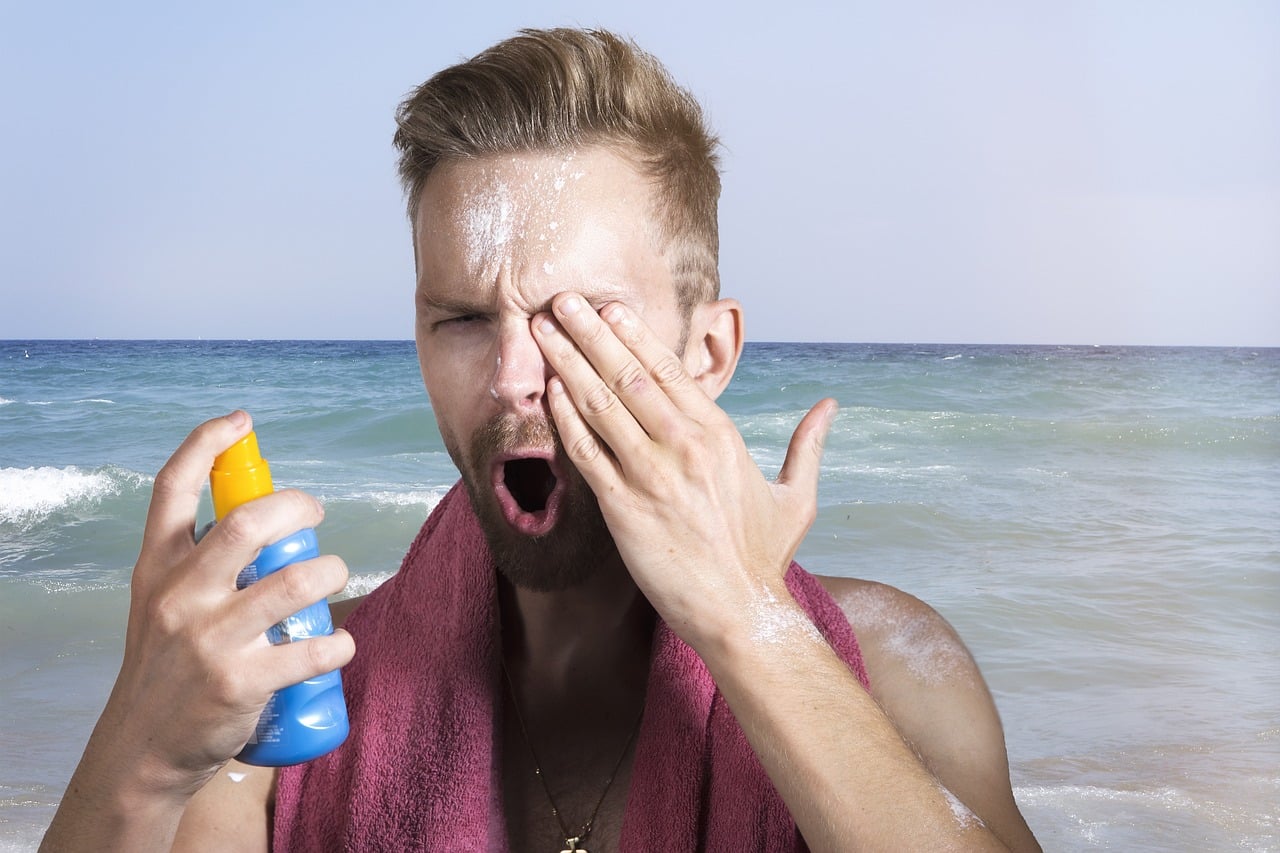
Tanner is a product that promotes tanning of the skin.
cosmetic product
Tanning lotion is a cosmetic product that causes or causes the skin to tan . These items allow you to increase the effect produced by the sun or even cause the skin to tan without solar intervention.
Tanners are applied to the skin. They usually act by enhancing the synthesis of melanin , a pigment found in the cytoplasm of some cells and that gives color to the skin, hair, etc. In this way, when the sun hits melanin, the color of the skin changes.
Tanning products, therefore, may include substances that activate melanin or that stimulate its production and its transfer to the surface of the skin. The purpose of the cosmetic product, in one way or another, is to contribute to tanning.
Do not confuse tanning lotion with sunscreen . While tanners intensify the tan, sunscreens minimize the risk of sunburn and reduce the risk of cancer.
Sun exposure: benefits and risks
Sun exposure brings us benefits, but it is also risky if we do it in excess. Let's look at some of its benefits below:
- It is a natural source of vitamin D, which is essential for bone health and the immune system;
- sunlight can improve mood and reduce symptoms of depression;
- Helps maintain a healthy circadian rhythm, improving the quality of sleep and wakefulness during the day;
- Sunlight can help improve certain skin problems, such as acne and psoriasis.
Some of the risks of excess and lack of protection:
- can cause painful and damaging burns;
- can accelerate skin aging, causing wrinkles, spots and loss of elasticity;
- It is a major risk factor for developing skin cancer , including melanoma, the deadliest type;
- The sun's ultraviolet rays can damage the eyes and increase the risk of cataracts and other eye problems;
- It can cause dehydration and heat stroke, especially in hot climates.
History
Throughout history, there have been different methods and products used to obtain tanned skin. Since ancient times, people have looked for ways to get a darker skin tone . In cultures such as Egypt, mixtures of olive oil and crushed brick powder were used to improve skin color. Also in Rome and Greece, having tanned skin was considered a symbol of status and health.
In the early 20th century, Coco Chanel , the iconic fashion designer, played an important role in popularizing tanning as a desirable look. While vacationing on the French Riviera in the 1920s, she accidentally tanned due to long exposure to the sun, and this created a change in the perception of beauty , turning tanned skin into a fashion trend.

The popularity of bronzer is due to the idea that tanned skin is more beautiful.
Between the 1930s and 1950s, tanning was still popular, and people began using different products and techniques to get darker skin. The first tanners appeared in the form of oils and lotions containing ingredients such as coconut oil and cocoa, which were applied to the skin to improve the tan.
Between 1960 and 1970, tanning became a massive trend during this decade, driven by beach culture and sun-related lifestyle. Tanners became more popular and diverse, offering different levels of protection and tan acceleration. By the 21st century, awareness of the risks of excessive tanning had begun to increase. Excessive sun exposure has been linked to premature skin aging and increased risk of skin cancer.
